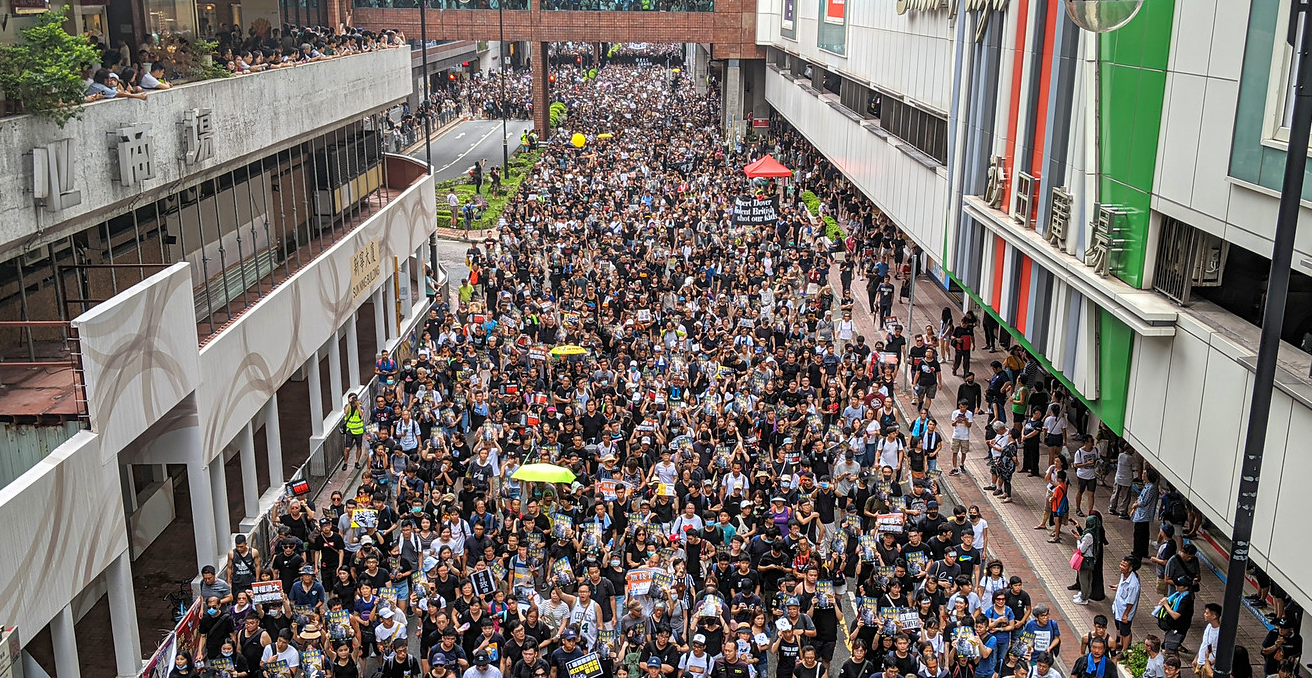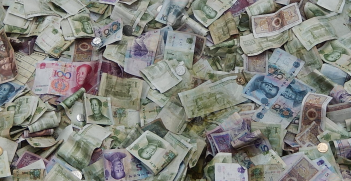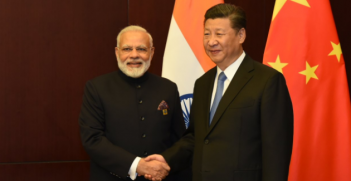Coronavirus: The Disease to End Hong Kong’s Protests, or Fuel Them Further?

The coronavirus seems to be keeping the bulk of protesters in Hong Kong indoors. But it seems time is not easing Hongkongers’ anger at Carrie Lam and the Chinese Government.
The streets of Hong Kong are quieter than they have been since before the 9th of June, when the first anti-extradition treaty protest began. The region’s relative amity raises the question: is the peace permanent, or is it a temporary armistice until the threat of coronavirus lessens?
What started as a single-issue protest against Carrie Lam’s proposal of an extradition treaty to China in mid-2019 quickly evolved into a fight for democracy and autonomy. This led Hong Kong residents to question the viability of the “one country, two systems” agreement between Hong Kong and China, and the country’s leadership as a whole. As months went on, the protests grew in ferocity and attendance, with hundreds of thousands of residents pouring into the streets.
In the latter half of 2019, protesters stormed the Legislative Council, forced flights to redirect by blocking the airport for days, and shut down Hong Kong’s Cross-Harbour Tunnel. These mobilisations gained worldwide attention, with reports in August of Chinese army forces building on the border, preparing for a potential military takeover. Additionally, the violence of the protesters seemed to increase, with 800 tear gas canisters released on August 5 alone. On October 1, live rounds of ammunition were fired by police, hitting a protester. Days later, Carrie Lam invoked the Emergency Regulations Ordinance by banning face masks to lessen protests, which the Standing Committee of the National People’s Congress (China’s highest legislative organ) overruled. The role of China in overriding Lam’s interpretation of Hong Kong’s Basic Law only served to further build the resentment protesters had towards the mainland. Adding fuel to the fire, the US passed the “Hong Kong Human Rights and Democracy Act of 2019” – which led protesters to praise the US and further condemn China.
At the height of Hong Kong’s protests, there was trepidation about how the civil unrest would end. With China’s military gathering on the border, many predicted the disputes would end violently. The threat of US involvement though the Hong Kong Human Rights and Democracy Act meant some thought the protests may become international. It seems no one predicted that disease would settle Hong Kong’s war.
The spread of coronavirus into Hong Kong has dramatically quieted the pro-democracy activist presence in the streets, as fear of contagion in densely packed protest movements keeps demonstrators at home. There are now questions over whether the halt in momentum of the protests will end the turmoil for good, or if protesters are resting in preparation for when coronavirus is eventually contained.
Certainly, criticism of the government, and Carrie Lam in particular, has not subsided. Initially, Lam resisted closing borders between Hong Kong and China. There were different theories as to why there was such hesitation, but many believe it was due to the tumultuous relations between the two regions and the potential for hostile interpretation if Hong Kong were to close its borders to China.
Regardless of her reasoning, Hong Kong residents were infuriated. Over 7,000 healthcare union members went on a week-long strike at the start of February. They demanded the city close its borders as they feared the city’s healthcare system would be quickly overwhelmed by Chinese citizens seeking treatment. Interestingly, the union involved in the strike, the Hospital Authority Employees Alliance, had only 300 members earlier in 2019. Its membership swelled to over 18,000 strong in December due to the protest movement in the city, suggesting that the pro-democracy group has evolved into a more politically-cohesive unit in order to be long-term sustainable. Following the healthcare protests, Lam announced the closure of 10 of the 13 border crossings, still not the complete barrier the unionists demanded, but a compromise.
In January, Carrie Lam sparked frustration with protesters when she barred civil servants from wearing face masks to reduce the spread of disease. The claim of this order was that the limited face mask supply should be exclusively saved for healthcare professionals, excluding exceptional circumstances. However, the hypocrisy of her order riled up residents when Lam herself was seen wearing a mask at a press conference on January 28th.
Last week, and without public consultation, the government announced plans to create 18 out-patient clinics in residential areas of Hong Kong to treat those with coronavirus. This plan further enraged residents, as they feared the contamination risk of the out-patient clinics being so close to homes. A small demonstration opposing the clinics emerged, with protesters setting fire to the Tin Sau Light Rail station, resulting in 33 arrests.
Regardless, it seems Hong Kong’s economy has been detrimentally affected by months of protest and now the threat of disease. At the end of 2019, before the emergence of coronavirus as a global threat, Hong Kong had its first fiscal deficit in 15 years. This has been attributed to the massive loss of tourism due to protests, affecting retail and restaurants, and possibly due to economic slowdown stemming from US-China trade frictions. The last Hong Kong fiscal deficit was in 2004, following the SARS epidemic.
Since then Hong Kong has been hit by the cross-border restrictions due to coronavirus, which has plummeted tourism rates and decimated retail and hospitality industries further. So far in February, there has been a 99 percent decline in average daily numbers of tourists, from 200,000 per day in February 2019, to less than 3,000 in 2020. Carrie Lam is attempting to placate residents and help the region’s struggling economy with cash handouts of HK$10,000 to every adult resident. But is this too little, too late, especially given the amount of time it will take for residents to actually see the money in their hands.
What happens next depends on the further actions of the government, particularly considering the protesters’ fixation on Carrie Lam’s actions and decisions.
Phoebe Humphreys is an intern at the AIIA National Office. She is studying for her bachelor’s degree at the Australian National University.
This article is published under a Creative Commons Licence and may be republished with attribution.





